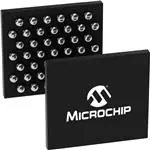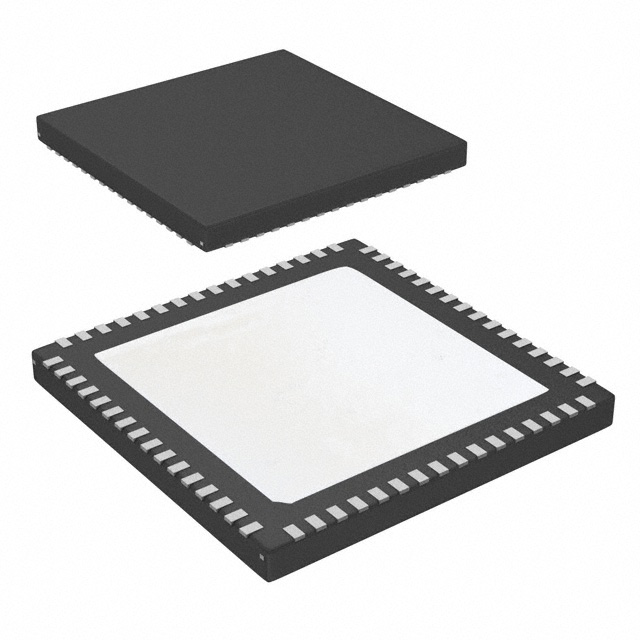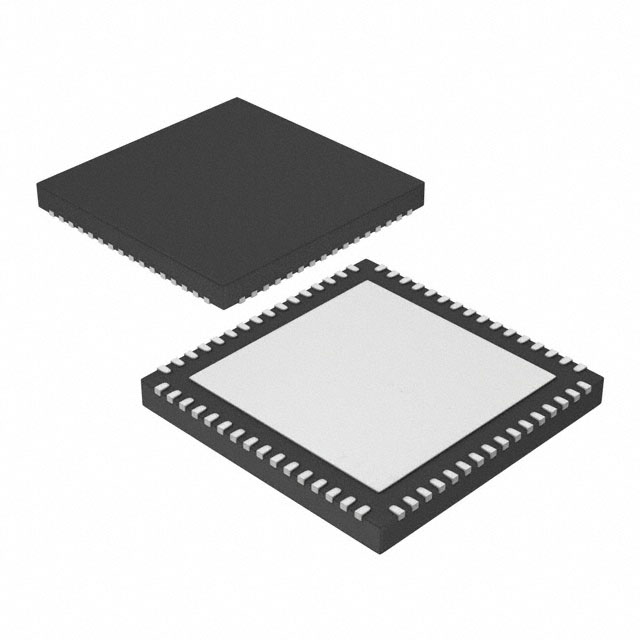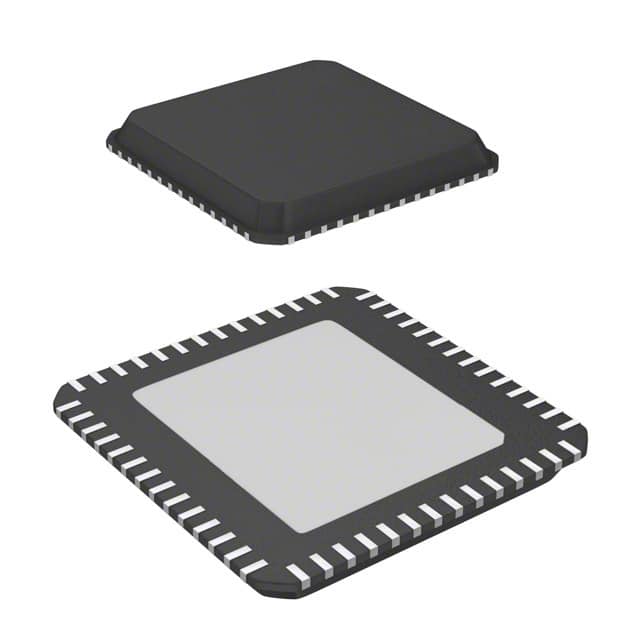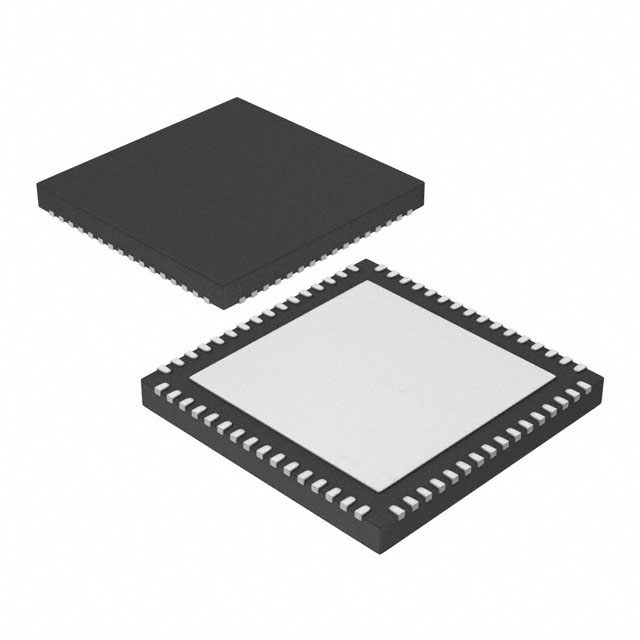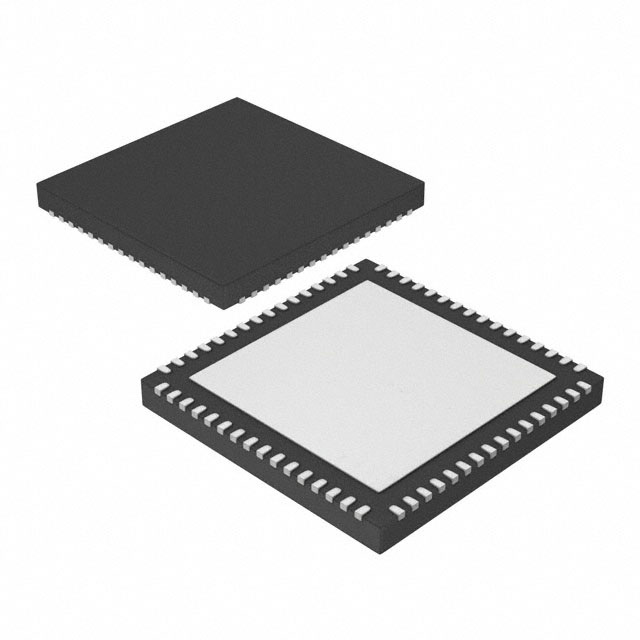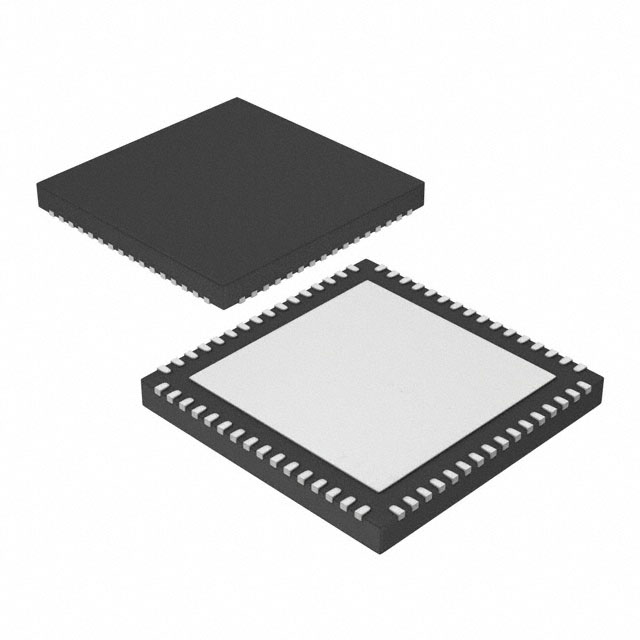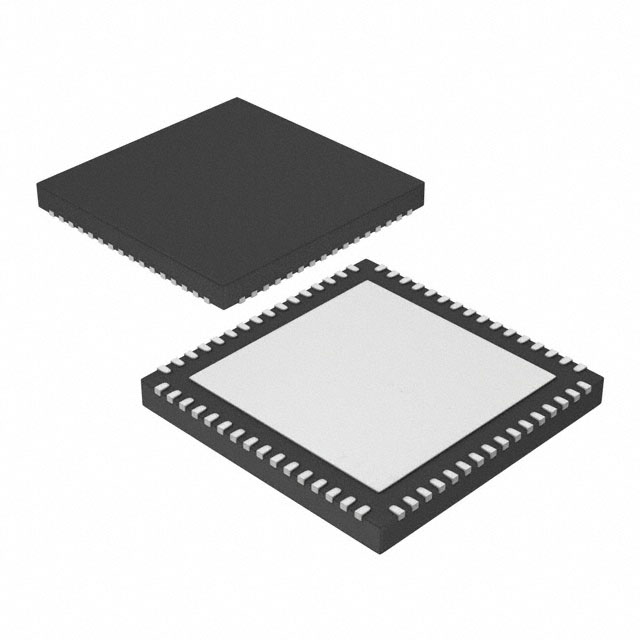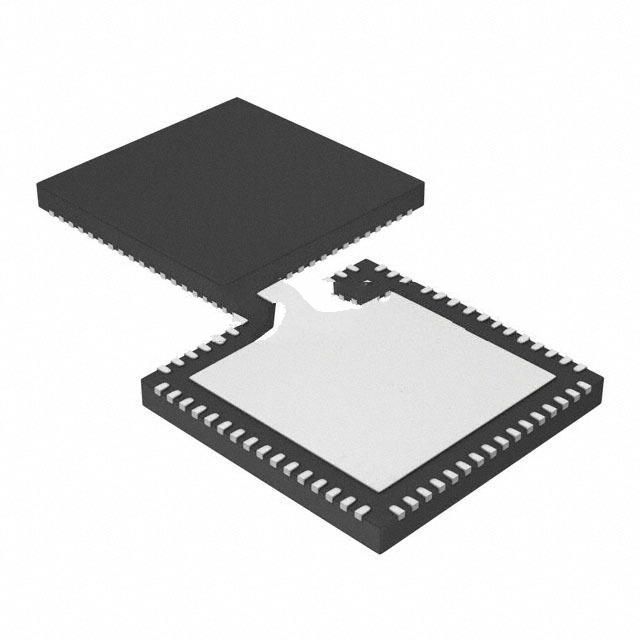Previous Chapter:Electric double layer capacitor: introduce & working principle
Next Chapter:What is a 100k Resistor? 100k Ohm Resistor Color Code
ATMEGA328P-PU Microcontroller Introduction and Frequently Asked Questions

Post Date:2024-08-22,Microchip Technology
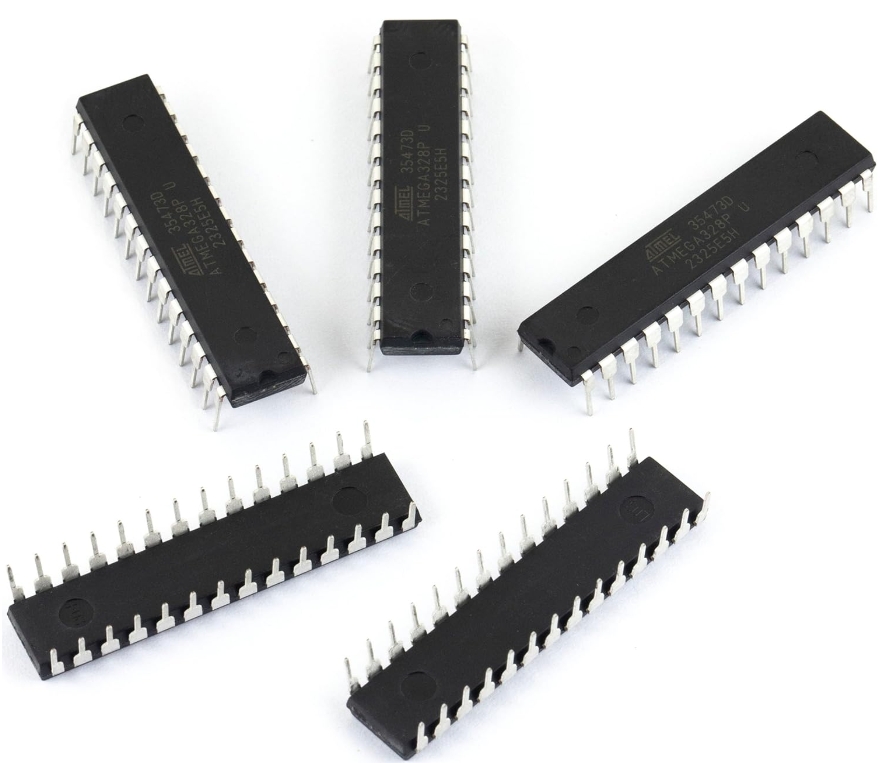
What is ATMEGA328P-PU?
The ATMEGA328P-PU is a high-performance microcontroller used in a wide range of embedded systems and projects. Produced by Microchip Technology Inc. (formerly Atmel Corporation), this microcontroller is popular among creators, engineers, and students for its power, flexibility, and ease of use.ATMEGA328P-PU Key Features
Processor and Core
- The ATMEGA328P-PU is based on an 8-bit AVR RISC (Reduced Instruction Set Computer) core. It has a flash program memory of 131072 instructions for code and data. It operates at frequencies up to 20MHz, providing enough processing power to cope with the demands of complex applications.
Memory Configuration
- Flash: 32KB for storing program code and constant data.
- SRAM: 2KB for storing runtime variables and intermediate results.
- EEPROM: 1KB for non-volatile storage, which can save data even after power failure.
Pins and Interfaces
- I/O pins: Up to 23 programmable general-purpose I/O pins are provided, some of which support PWM (pulse width modulation) outputs and ADC (analog to digital conversion) inputs.
- Communication Interface: Supports a variety of communication protocols including SPI, I2C (TWI) and USART (Universal Asynchronous Transceiver) for easy data exchange with other devices.
Power Management
- Voltage range: Supports operating voltages from 2.7V to 5.5V, adapting to different power conditions.
- Power Consumption Modes: Provides multiple low-power modes, such as idle mode and power-down mode, to extend battery life.
Package Format
- PU: Indicates that the chip is packaged in a TQFP (Thin Quadrilateral Flat Pack), which is miniaturized and high-density, suitable for space-constrained application scenarios.
ATMEGA328P-PU Internal Architecture
- CPU: The core component for executing instructions, adopting Harvard architecture with independent data and instruction buses to improve execution efficiency.
- Memory: Includes Flash, SRAM and EEPROM for storing program code, runtime data and non-volatile data respectively.
- Peripheral Modules: Including timer/counter, ADC, DAC (Digital to Analog Converter), USART, SPI, I2C, etc., providing rich functional interfaces.
- Interrupt system: Supports multiple interrupts, allowing fast response to external events and improving the real-time performance of the system.
- Power Management System: Provides multiple power consumption modes to realize energy saving effect through software control.
ATMEGA328P-PU Application Areas
- Consumer electronics: such as smart home devices, remote controls, toys, etc.
- Industrial automation: for PLC (Programmable Logic Controller), Arduino platforms (Uno, Pro Mini, Nano), embedded systems (sensor interface, motor control, robotics).
- Communication equipment: e.g. wireless modules, data processing units in network equipment.
- Automotive electronics: applications for in-car entertainment systems, engine control units, etc.
- Medical equipment: such as portable monitoring equipment, diagnostic tools.
ATMEGA328P-PU Pinout
The following figure is ATMEGA328P-PU Pinout.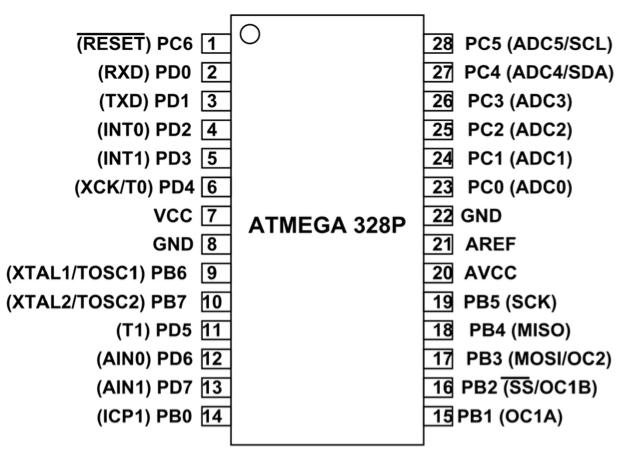
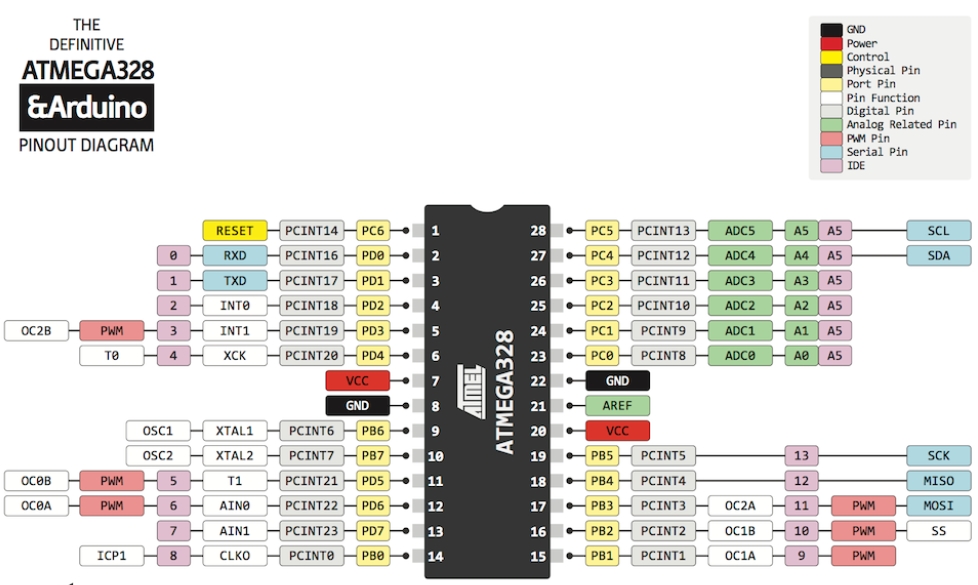
ATMEGA328P-PU Programming and Development
Parallel program mode
|
Programming signal |
Pin Name |
I/O |
Function |
|
RDY/BSY |
PD1 |
O |
High means the MCU is ready for a new command, otherwise busy. |
|
OE |
PD2 |
I |
Output enable (active low) |
|
WR |
PD3 |
I |
Write pulse (active low) |
|
BS1 |
PD4 |
I |
Byte select 1 ("0" = Low byte, "1" = High byte) |
|
XA0 |
PD5 |
I |
XTAL action bit 0 |
|
XA1 |
PD6 |
I |
XTAL action bit 1 |
|
PAGEL |
PD7 |
I |
Program memory and EEPROM data page load |
|
BS2 |
PC2 |
I |
Byte select 2 ("0" = low byte, "1" = 2nd high byte) |
|
DATA |
PC[1:0]:PB[5:0] |
I/O |
Bi-directional data bus (output when OE is low) |
Serial programming
|
Symbol |
Pins |
I/O |
Description |
|
MOSI |
PB3 |
I |
Serial data in |
|
MISO |
PB4 |
O |
Serial Data out |
|
SCK |
PB5 |
I |
Serial Clock |
Programming of the ATMEGA328P-PU is mainly done through assembly language or high-level languages (e.g. C, C++). Commonly used development tools are:
- Integrated Development Environment (IDE): such as Atmel Studio, Arduino IDE, etc., which provides a one-stop solution for code editing, compiling, and debugging.
- Programmers: such as AVR ISP, USBasp, etc., used to burn the compiled code into the microcontroller.
- Emulators: such as Atmel ICE, used for hardware debugging and emulation test, to help developers quickly locate the problem.
ATMEGA328P-PU Datasheet PDF
What does the P in ATmega328P stand for?
- In microcontroller models like the ATmega328P, the “P” usually stands for “Plastic”. This means that the microcontroller is packaged in a plastic package rather than metal or other materials. Plastic packages are usually less expensive and lighter, making them suitable for mass production and widespread use.
- In the specific model number ATmega328P-PU, “PU” denotes the package type PDIP-28 (Plastic Dual In-line Package with 28 pins), which is a common form of package suitable for breadboard prototyping and other This is a common package format suitable for breadboard prototyping and other easy-to-solder applications. This package form has 28 pins and can be mounted on the board by direct insertion.
- In summary, in a model such as the ATmega328P, the “P” refers primarily to the plastic package form factor, while the “PU” specifies the package type as PDIP-28.
What is the difference between ATMEGA328P-PU and ATMEGA328P-AU?
The ATMEGA328P-PU and ATMEGA328P-AU are functionally identical. The only difference is in their packaging:- ATMEGA328P-PU: Uses the PDIP20 package, which is a through-hole dual in-line package.
- ATMEGA328P-AU: Uses the TQFP32 package, which is a surface-mount thin four-lead flat package.
What is the difference between the ATMEGA328P-PU and the ATMEGA16?
The main difference between the ATMEGA328P-PU and the ATMEGA16 is their flash memory capacity:1. FLASH capacity
- ATMEGA328P-PU: has 32KB FLASH program memory capacity, which makes it capable of storing more program code and data.
- ATMEGA16: has 16KB FLASH program memory capacity, which is smaller compared to ATMEGA328P-PU.
2. Number of external interrupts
- Although the specific number of external interrupts is not explicitly stated in the reference article provided, it is known that there is a difference between the two in this regard. The ATMEGA328P-PU may support more external interrupts due to its richer resources and features.
3. Other resources
- There may also be differences in the number of input/output lines, the number of timers/counters, the number of ADC channels, etc., but the exact values should be determined according to the specific model and datasheet.
4. Package and Pinout
- Package: The ATMEGA328P-PU may be available in a TQFP package, while the ATMEGA16 may offer a variety of package options, such as PDIP, TQFP, and so on.
- Pin Count: Although both are AVR-based microcontrollers, the pin counts of the ATMEGA328P-PU and ATMEGA16 may vary depending on the package.
Is the ATMEGA328P-AU RoHS compliant?
This part has not been labeled as RoHS compliant.
How do I connect the reset circuit of the ATMEGA328P-PU?
For reliable operation, it is recommended to connect a pull-up resistor and a reset button to the reset pin of the ATMEGA328P-PU. This configuration ensures that the microcontroller reset functions properly.Can I increase the clock speed of the ATMEGA328P-PU?
The internal oscillator of the ATMEGA328P-PU is normally set to 8 MHz. to achieve higher clock speeds, an external crystal oscillator and two capacitors can be connected to create an external oscillator circuit. This can increase the frequency to 16MHz, thus increasing the processing power of the microcontroller.Where can I find more details, specifications and documentation about the ATMEGA328P-AU?
Additional datasheets, packages and schematics for the ATMEGA328P-AU are listed on our part detail page. You can also find pictures of the ATMEGA328P-AU and similar parts on this page.
What if I can't find my ATMEGA328P-AU in stock?
You can fill out our Help Wanted form with the information above and we will get back to you with a quote first.
Previous Chapter:Electric double layer capacitor: introduce & working principle
Next Chapter:What is a 100k Resistor? 100k Ohm Resistor Color Code

